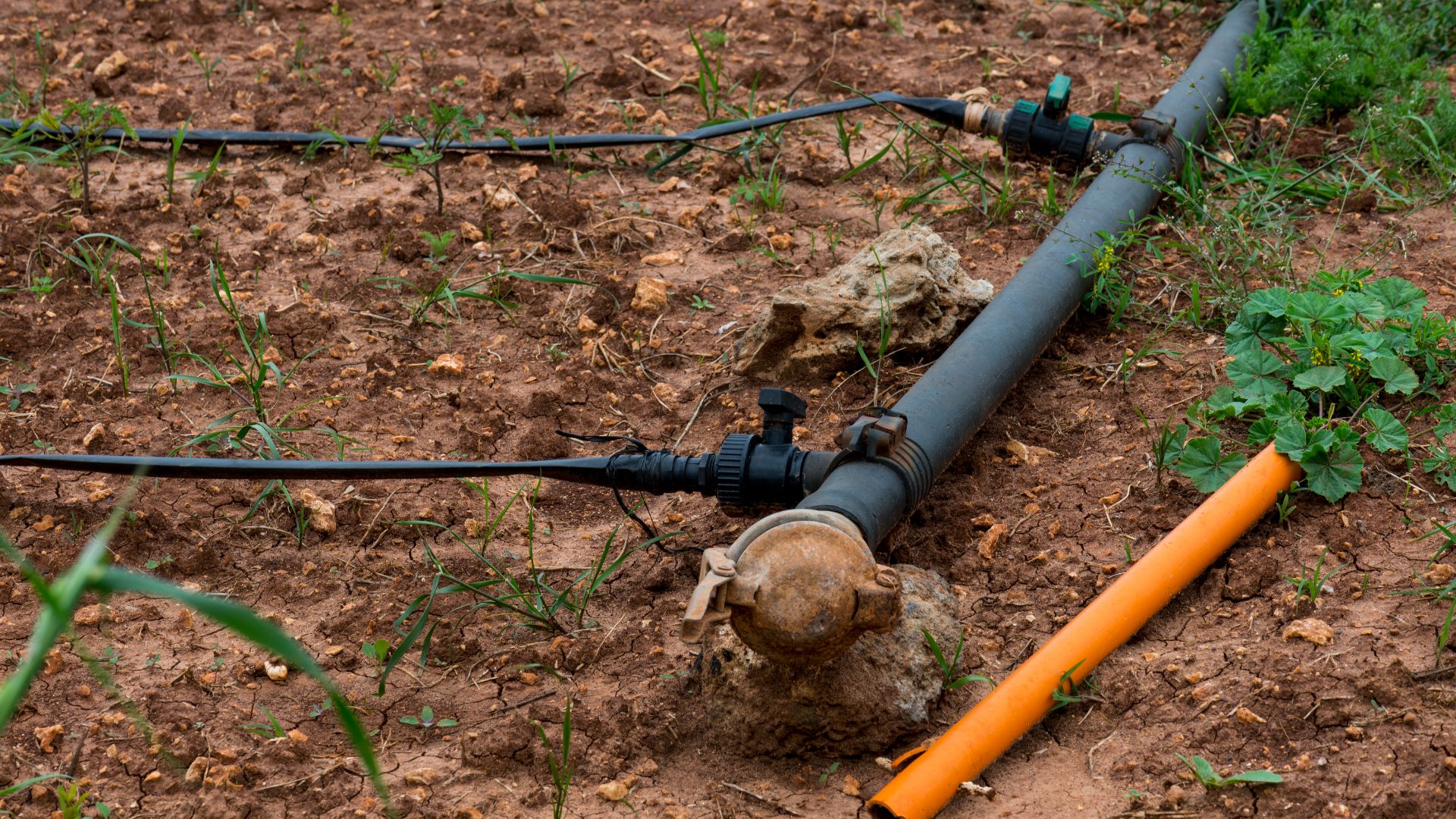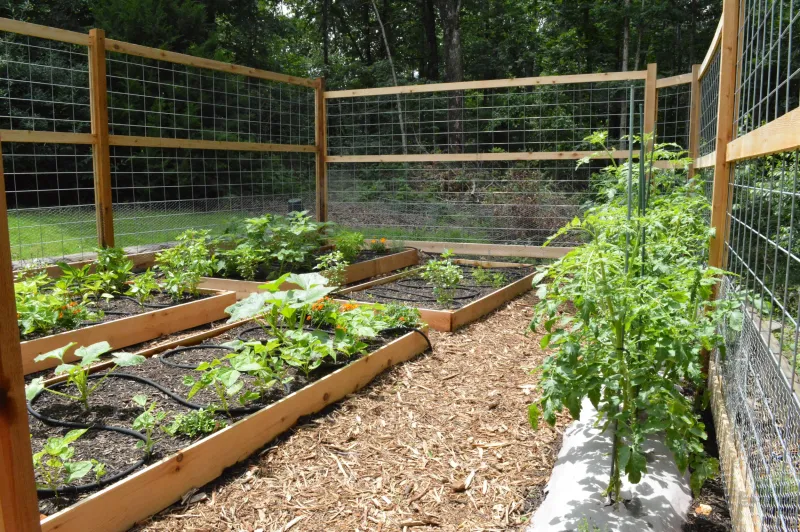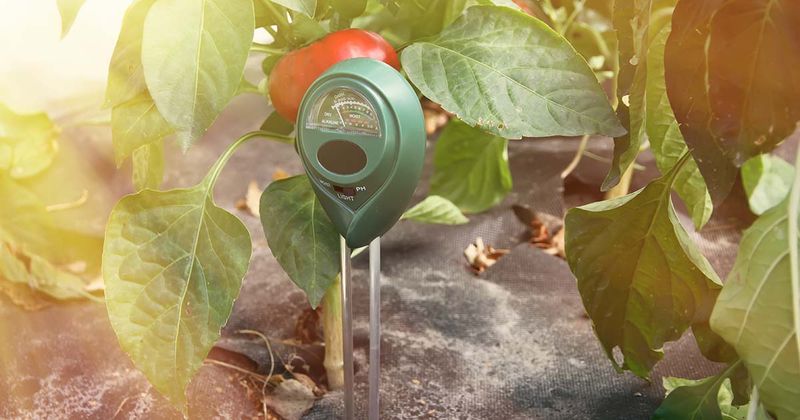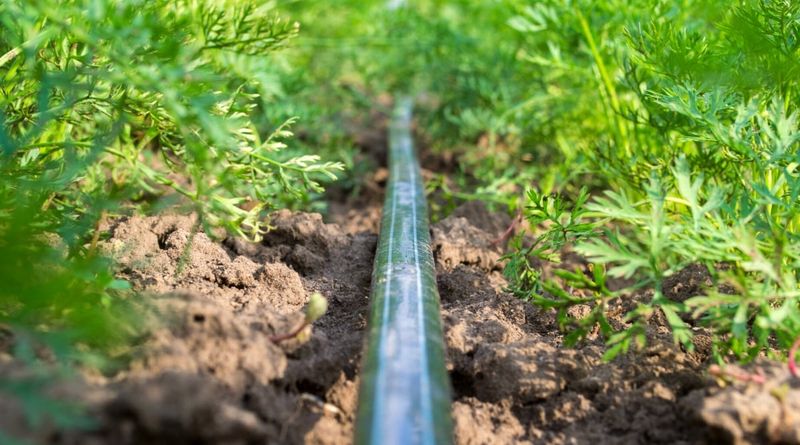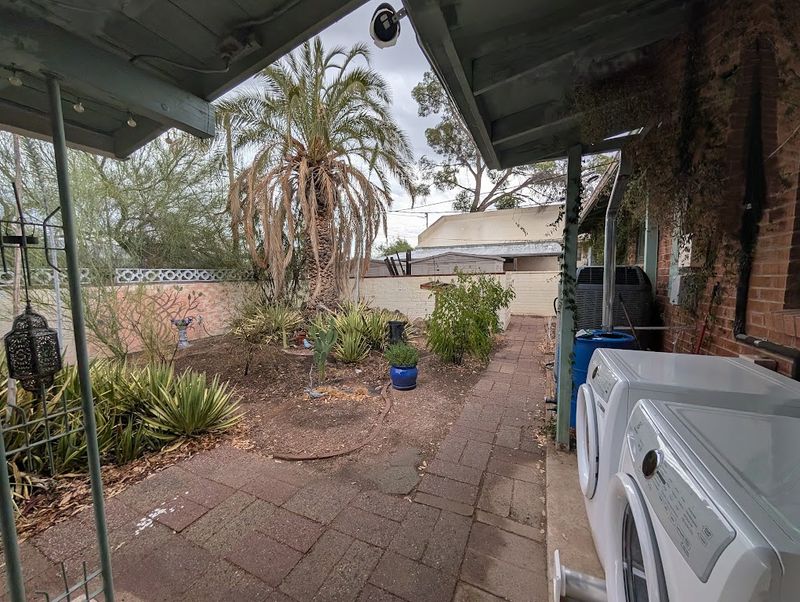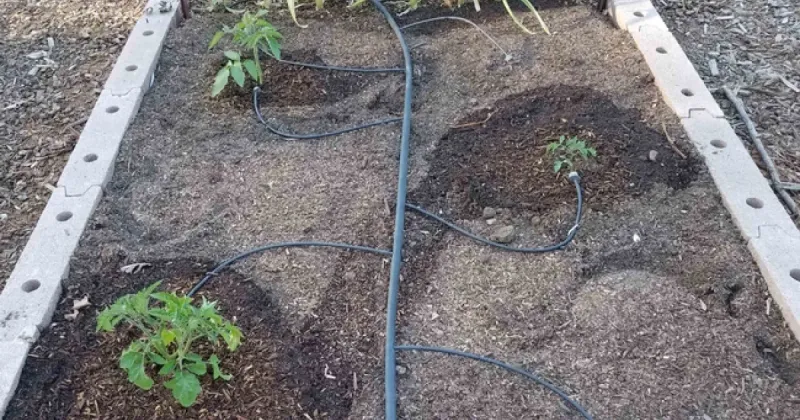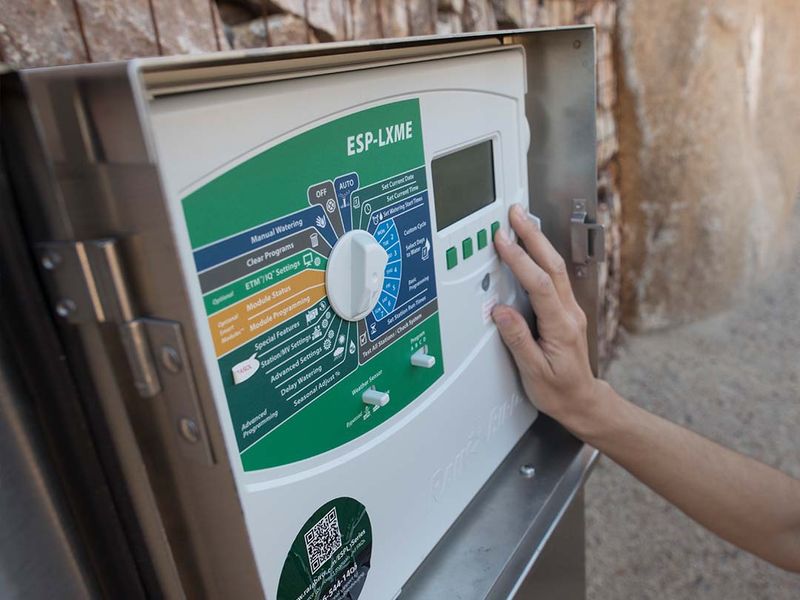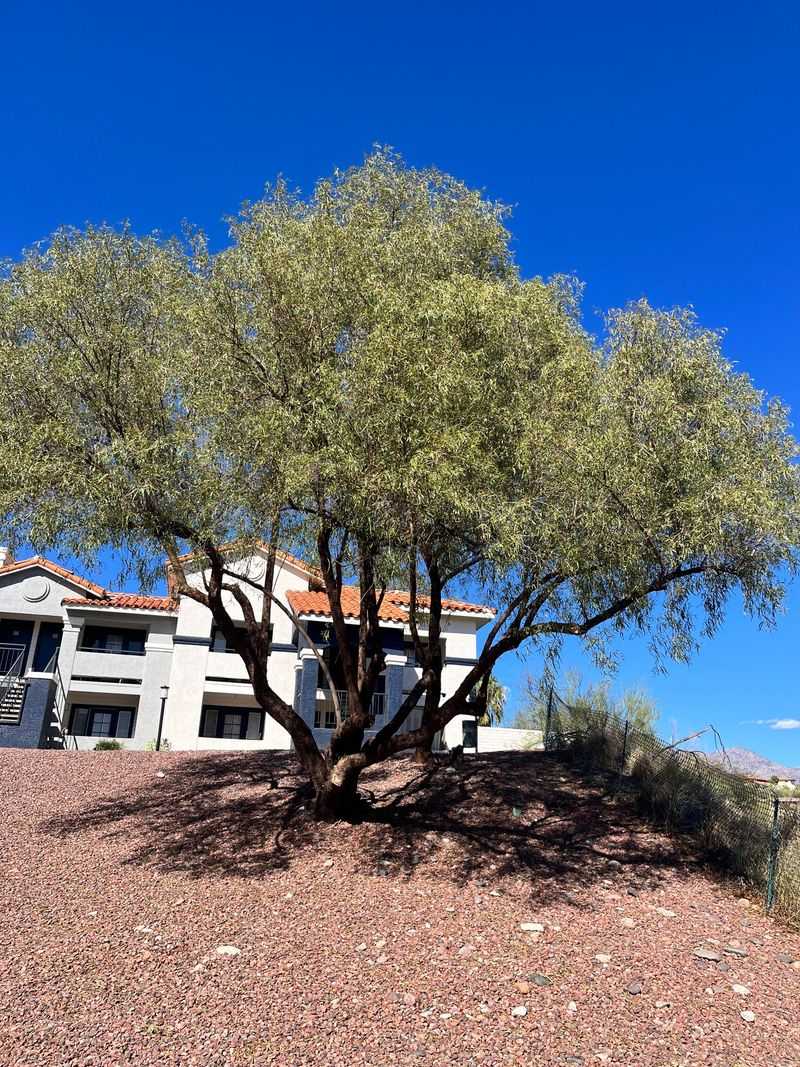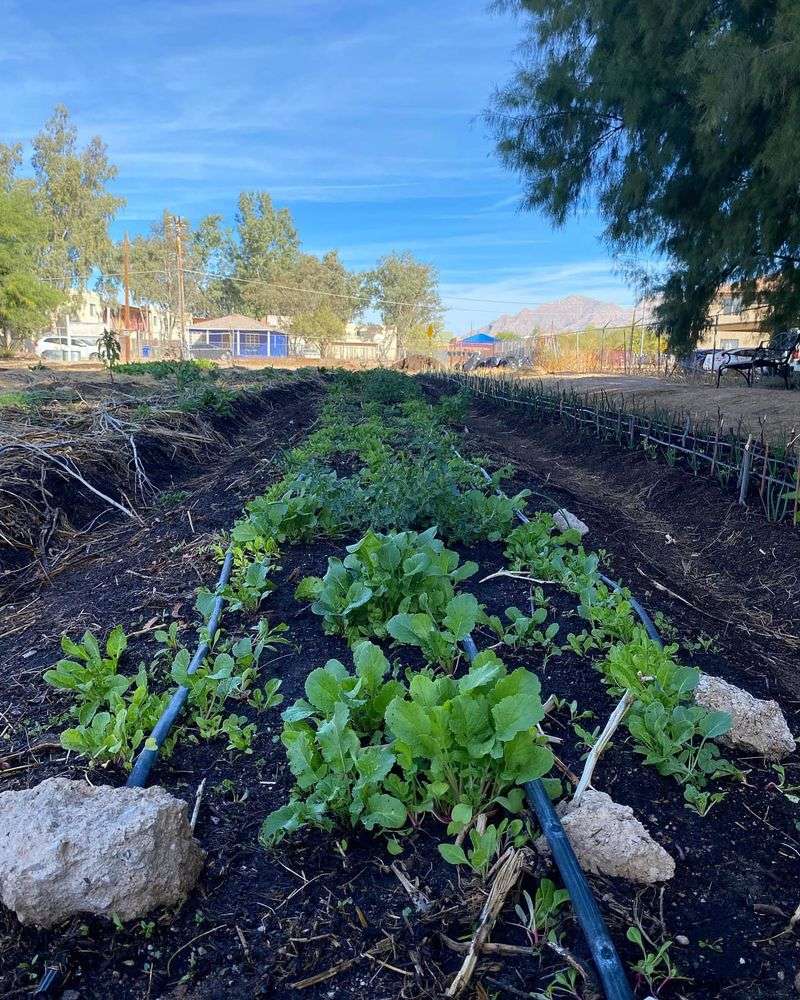Tucson gardeners face unique challenges with water scarcity, making sustainable irrigation solutions not just environmentally friendly but necessary for thriving desert gardens. Smart drip systems and greywater reuse offer practical ways to maintain beautiful plants while conserving our precious desert water resources.
Water bills in our area can skyrocket during summer months, but I’ve seen firsthand how neighbors transformed their water usage with simple technology upgrades. Last year, my own backyard vegetable patch survived record temperatures thanks to a timer-controlled drip system that delivered moisture directly to plant roots.
Combining traditional desert wisdom with modern irrigation technology creates resilient gardens that withstand Tucson’s intense climate patterns. Many local gardeners have discovered that these systems pay for themselves within seasons while supporting native plant communities and reducing overall environmental impact.
1. Maximizing Efficiency In Raised Bed Gardens
Raised beds lose moisture faster than in-ground gardens in our hot Tucson climate. A grid-patterned drip system with pressure-compensating emitters ensures every plant receives consistent water without waste.
I installed this setup in my community garden plot last spring. The difference was remarkable—vegetables thrived with 40% less water than my previous sprinkler method.
Connect your system to a smart controller that adjusts watering based on weather forecasts for truly optimized irrigation that responds to real-time conditions.
2. Pairing Drip Lines With Desert-Adapted Perennials
Desert perennials like salvias and penstemons establish deep root systems when watered properly. Low-flow drip emitters placed at the plant’s drip line encourage roots to grow outward and downward for drought resilience.
The trick is gradually reducing frequency while maintaining adequate volume. My neighbor’s three-year-old sage plants now survive on monthly deep waterings even in June.
Choose 1-2 gallon per hour emitters and space them according to mature plant size rather than current dimensions for long-term efficiency.
3. Using Greywater Safely For Citrus And Fruit Trees
Laundry and shower water can sustain fruit trees when properly directed. Create simple mulch basins around each tree to distribute greywater evenly through the root zone without runoff.
When helping a friend set up her system, we installed a three-way valve that diverts washing machine water either to the sewer or the garden. Her lemon tree produced twice as many fruits the following season.
Always use plant-friendly soaps and avoid water containing bleach, softeners, or harsh chemicals that might harm soil microorganisms or fruit quality.
4. Preventing Overwatering With Moisture Sensors
Soil moisture sensors take the guesswork out of watering schedules. These small devices monitor actual root zone conditions and can override programmed irrigation when soil remains sufficiently moist.
After installing sensors in my front yard, I discovered my cactus garden was getting twice the water it needed. The technology paid for itself in three months through reduced water bills.
Place sensors at different depths—4 inches for shallow-rooted plants and 12 inches for trees—to create irrigation zones that respond to actual plant needs rather than rigid schedules.
5. Integrating Drip Irrigation Into Native Plant Borders
Native plant borders require strategic irrigation during establishment, then minimal support afterward. Temporary drip lines with removable emitters provide perfect support during the critical first year.
Walking through the Tucson Botanical Gardens last fall, I learned they initially water native plantings weekly, then monthly, then seasonally as plants establish. Their demonstration border thrives with just four deep waterings annually.
Use 1/4-inch micro-tubing that can be easily relocated or removed as plants mature and develop drought tolerance—making your system adaptable to changing garden needs.
6. Reusing Laundry Water For Ornamental Beds
Washing machine water contains nutrients that ornamental plants can utilize effectively. Simple branching distribution systems with perforated pipe buried under mulch deliver this resource directly to root zones.
For years I’ve directed my laundry water to a flowering hedge of Texas Rangers and desert willows. The plants flourish without additional fertilizer, creating a privacy screen that buzzes with pollinators.
Rotate discharge points seasonally to prevent salt buildup in any one area, especially important in our mineral-rich Tucson water environment.
7. Combining Drip Lines With Mulch For Better Soil Health
Strategic mulching amplifies drip irrigation benefits by reducing evaporation and suppressing weeds. Place drip lines under 3-4 inches of organic mulch to create ideal moisture retention zones.
During last summer’s record heat wave, my mulched vegetable garden with subsurface drip needed watering just twice weekly. Neighboring gardens without this combination required daily irrigation.
Local materials like composted mesquite pods or shredded palm fronds work beautifully while adding Sonoran Desert character to garden beds.
8. Scheduling Irrigation For Early Morning Savings
Evaporation rates skyrocket during Tucson’s midday heat. Smart controllers programmed for pre-dawn watering (between 4:00-6:00 AM) maximize absorption while minimizing water loss.
My garden’s water efficiency improved dramatically after shifting from evening to early morning irrigation. Plants receive moisture when they’re preparing for photosynthesis rather than sitting wet overnight.
Modern controllers connect to home WiFi networks, allowing schedule adjustments from your phone when unexpected weather changes occur—perfect for responding to Tucson’s monsoon season.
9. Directing Greywater To Shade Trees For Cooling Benefits
Shower and bathroom sink water can support large shade trees that cool your entire property. Branching distribution systems with multiple outlets prevent root crowding while encouraging broad canopy development.
The mesquite in my backyard receives shower water through a simple gravity-fed system. Its shade has reduced my summer cooling costs by nearly 20% while creating habitat for desert birds.
Calculate your daily greywater production and match it to appropriate tree species—a typical Tucson household produces enough water for 2-3 mature desert-adapted shade trees.
10. Teaching Kids About Sustainable Water Use Through Gardening
School gardens with visible irrigation systems become powerful educational tools. Simple clear tubing shows water movement while rain barrels demonstrate collection principles in action.
Last spring, I helped install a demonstration garden at my daughter’s Tucson elementary school. Students now track water usage and compare growth rates between differently irrigated sections.
Children who understand water conservation through hands-on garden projects develop lifelong sustainable habits—creating the next generation of desert-wise gardeners for our water-challenged region.

